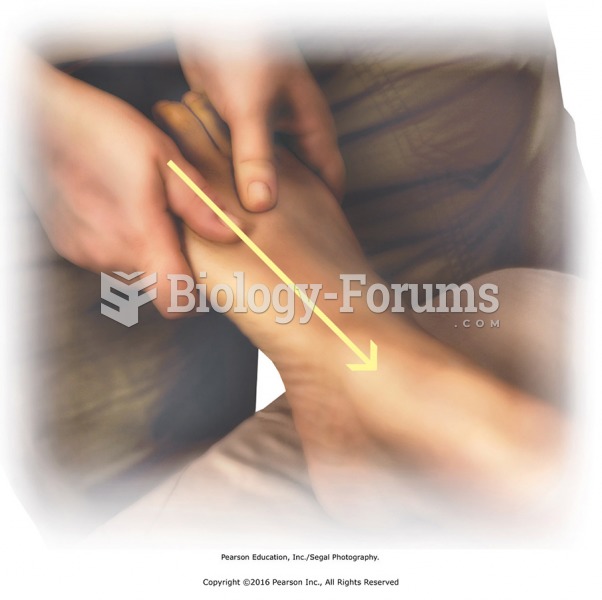|
|
|
Every 10 seconds, a person in the United States goes to the emergency room complaining of head pain. About 1.2 million visits are for acute migraine attacks.
The Romans did not use numerals to indicate fractions but instead used words to indicate parts of a whole.
Aspirin may benefit 11 different cancers, including those of the colon, pancreas, lungs, prostate, breasts, and leukemia.
Egg cells are about the size of a grain of sand. They are formed inside of a female's ovaries before she is even born.
For about 100 years, scientists thought that peptic ulcers were caused by stress, spicy food, and alcohol. Later, researchers added stomach acid to the list of causes and began treating ulcers with antacids. Now it is known that peptic ulcers are predominantly caused by Helicobacter pylori, a spiral-shaped bacterium that normally exist in the stomach.
 To keep the foot under the center of gravity, the biped’s femur is angled from hip to knee. The quad
To keep the foot under the center of gravity, the biped’s femur is angled from hip to knee. The quad
 Sliding effleurage with a thumb between metatarsals on the dorsal foot surface. Slide from web to ...
Sliding effleurage with a thumb between metatarsals on the dorsal foot surface. Slide from web to ...





